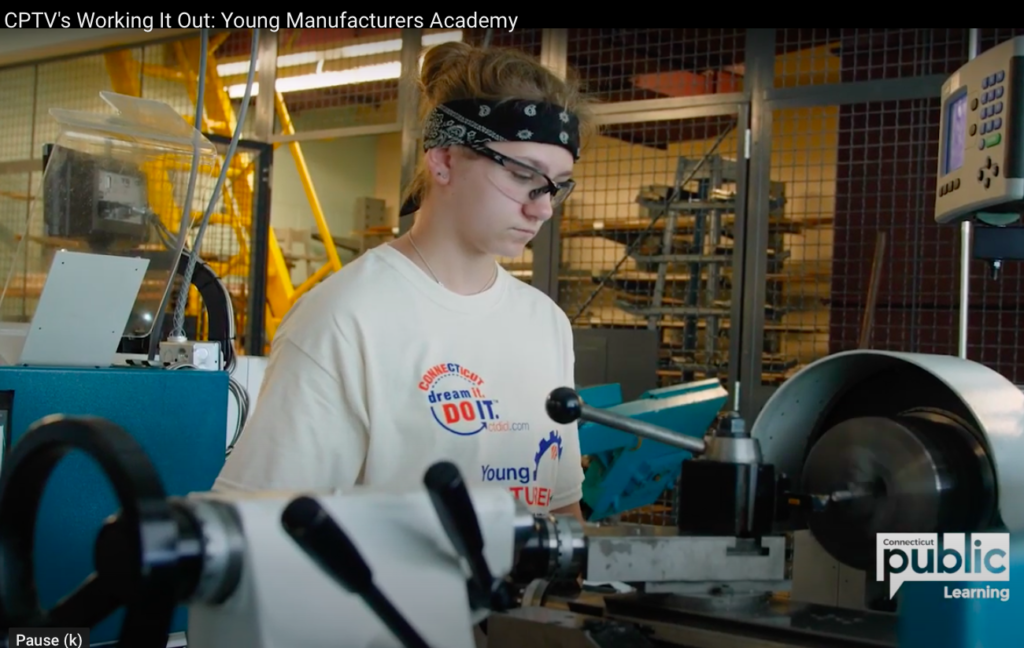
Connecticut manufacturers struggling to fill job vacancies have done everything they can to entice skilled workers to join their companies. They’ve increased wages, enhanced benefits, and adopted flexible work schedules, but they still can’t fill those empty roles.
As a result, there’s a stronger interest in training existing employees to perform different jobs. According to LinkedIn’s 2022 Workplace Learning Report, 72% of the Learning and Development (L&D) professionals who were surveyed reported upskilling/reskilling as their primary focus in 2022.
To be clear, upskilling isn’t the same as reskilling. Upskilling involves training an employee to perform a higher-skilled version of the job they’re already doing, usually within the department where they’re already working. Reskilling is training an employee to perform a completely different task than what they’re doing, perhaps within a different department. Some companies call this “cross training.”
Both approaches have multiple benefits. One U.S. manufacturing company owner, Frank Oetlinger, has cross trained most of his employees. Which task they perform and which department they’ll work in from week to week typically depends on where they’re most needed.
Ask anyone in either of his shops what they do, and most will reply “a little bit of everything.” Ask them what their job titles are, and some will have to stop and think about it because they really aren’t sure anymore. They just seamlessly float between job functions and across departments, doing whatever needs to be done at any given time.
When discussing why he cross trains his employees, Frank says, “It makes work more interesting for them, because their jobs aren’t boring. They get to learn new things and do different things.” This could be one reason why his employee retention is so high. Many of his employees have been with him for more than 20 years, and some as long as 35.
In addition to improving retention, reskilling improves employee engagement. Employees who have been trained in more than one area are more likely to feel respected and valued, and they’re more likely to invest themselves in the company.
Upskilling has all of the same advantages, but given how quickly technology is advancing it’s more important than ever to implement, particularly digital upskilling. In an article titled, “Preparing Everyone for a Digital World,” Global company PwC writes, “Already, there is a skills mismatch around the world and millions of jobs are going unfilled. It is not possible to recruit enough already-skilled people to do them.”
Upskilling helps alleviate the problem. It facilitates filling high-skill job vacancies from within the company, leaving the lower skilled, lower paying jobs (which are typically easier to fill) available for new hires.
When recruitment efforts alone aren’t filling your empty roles, it might be time to revisit what you’re doing to upskill and reskill your existing workforce. The Connecticut Manufacturers Resource Group’s (CTmrg) vetted HR professionals can help develop the strategic plans you’ll need to successfully incorporate upskilling and reskilling initiatives into your recruitment efforts. Contact Us to learn more.




